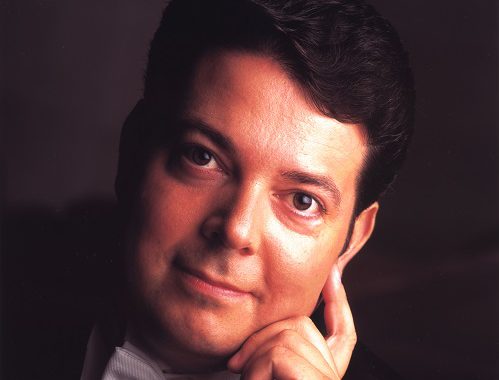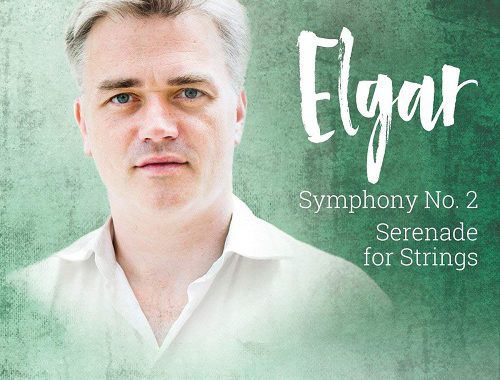Staatskapelle Berlin, Barenboim, Royal Festival Hall
The furtive opening bars of Mozart’s C minor Piano Concerto No. 24 were shrouded in a mellowness of tone that made them welcoming rather than darkly unsettling and as the well upholstered sound of the venerable Staatskapelle Berlin took hold we were cast back into an era of sound and style that was altogether “other”. And then – final confirmation – the piano entered.
Daniel Barenboim, seated back to the main body of the hall, his first desk strings and woodwind choir at only arms length, pampered and caressed the music, added quaint ornamentation and even what sounded like his own Beethovenian cadenza (grandly announced by a tutti of disproportionate opulence) and generally made the piece his own in what might now be described as singularly “un-PC” terms.
It was personal, certainly – even the finger slips were personal – but it was decidedly old school and strangely “integrated” in sound and manner – meaning that piano and orchestra were blended in ways that compromised the piquancy of the solo part (the absence of a piano lid surely added to that effect). Indeed the “operatic” effect of the highly characterful woodwind soloists – effectively serenading the silent soloist in the slow movement – and Barenboim’s own puppet-master antics turned the whole affair into an “opéra buffa” by the time clarinets and bassoons arrived with the finale’s march tune.
But the “Bruckner Project” turned venerability and romanticism into high art as violins sounded a barely audible tremolando and cellos and violas traced out that glorious theme at the start of the 7th Symphony. The wonderful thing about Barenboim’s Bruckner is the natural, songful, way in which it is through-phrased like Schubert lieder transfigured into the cosmic. It is at once epic and intimate with countless insights into the way the scoring and harmony define the musical journey.
It is harmonic movement that makes the journeying eventful and Barenboim, more than most, draws our ears to every unfolding counterpoint. Atmosphere is potent, too, with that visionary passage of recapitulation in the first movement coda achieving heart-stopping stasis and a crescendo of awesome intensity. And speaking of intensity, the great Wagner tuba led slow movement brought infinite depth of expression in sound and feeling with Valhalla welcoming one and all at the climax and a fabulously intoned threnody of horns and tubas darkly mourning the master’s passing.
You May Also Like

A Conversation With ANDREW LITTON: Bergen Philharmonic
02/09/2011
GRAMOPHONE Review: Elgar Symphony No. 2, Serenade For Strings – BBC Symphony Orchestra/Gardiner
15/08/2018